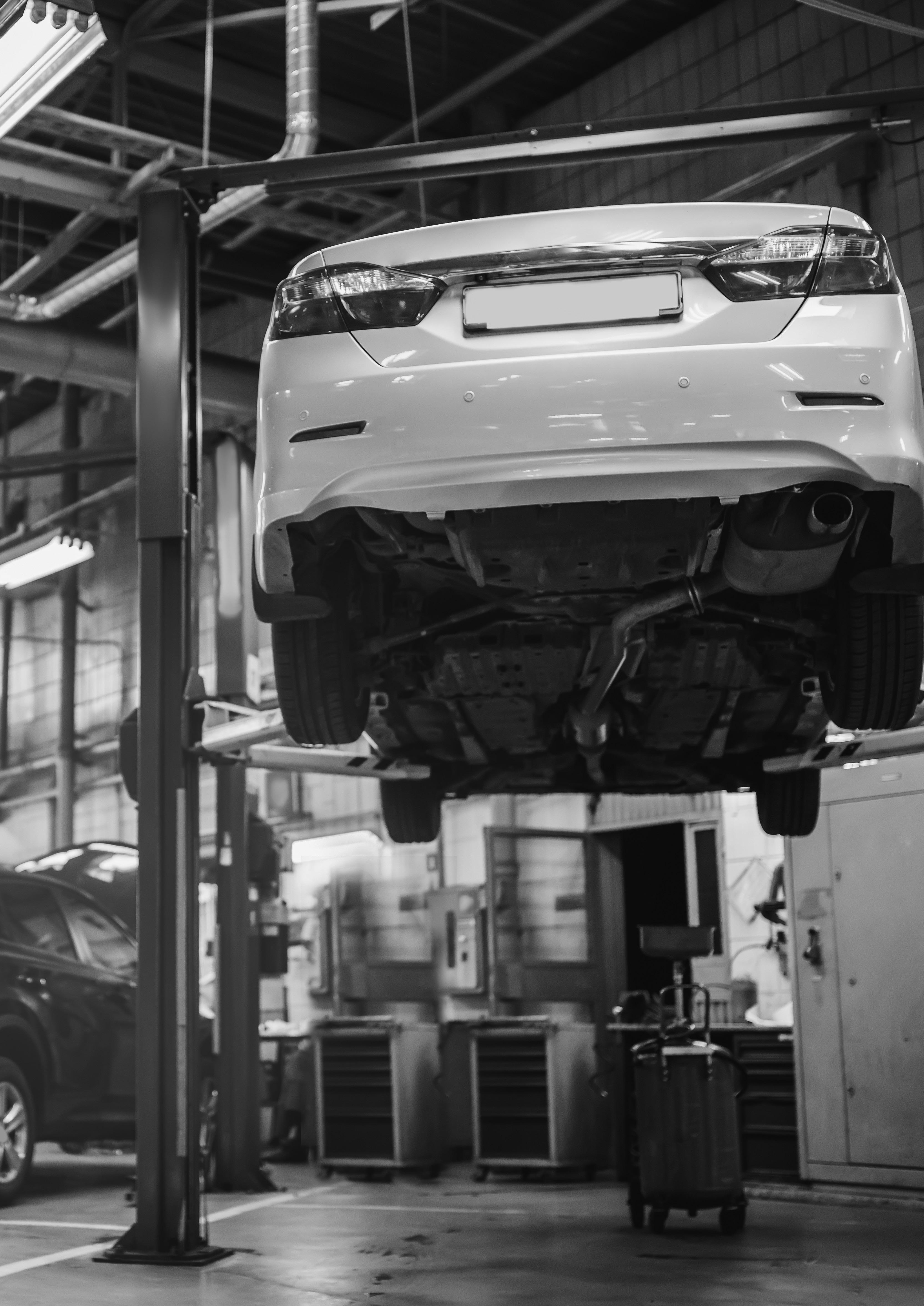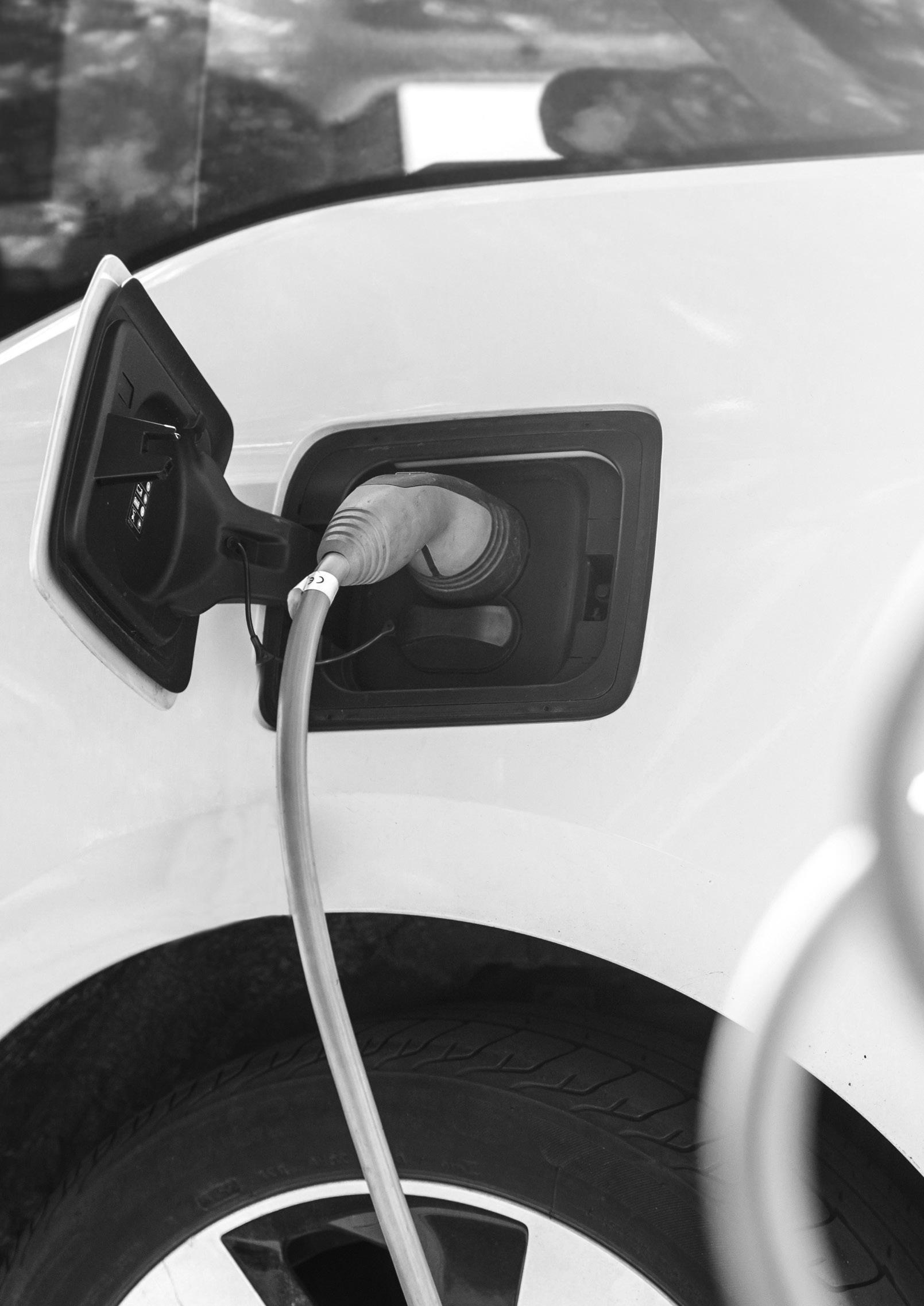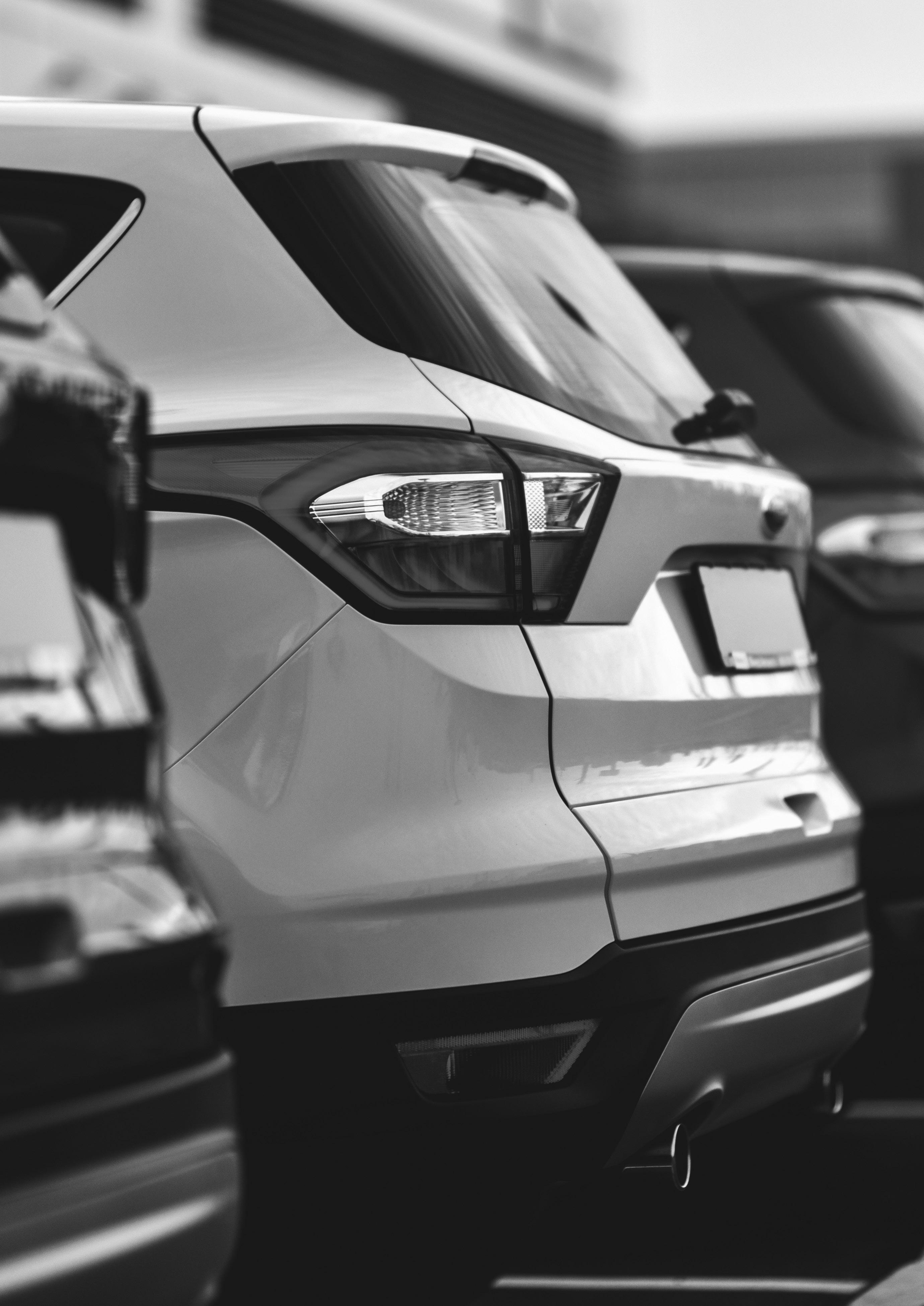
2 minute read
Transitioning To Digital Retailing
by ASE01
Lisette Gole, Head of Auto Retail, Google
One of the few silver linings in these dark times is the accelerating transition to digital retailing in the auto industry. This change has been under way for some time but, in the first six months of the pandemic, we saw more progress than in the previous ten years.
Advertisement
For the first time in decades, car manufacturers and dealers are having to re-evaluate how they do things, what they sell and how they sell.
Consumers have not stopped shopping but they have changed how they shop, with personal health and safety now a priority. In Q2 of 2020, Starbucks saw a 29% digital mix of orders, while in June 2020 over one-third of households in the US ordered their groceries online.
Yet, due to legacy issues, franchise restrictions and price policy, auto retailing is one of the last industries to make the shift.
Our experience is that online buying in a particular sector accelerates towards a tipping point, at which point it becomes the new normal. Curiously, there is a strong correlation in buying demographics (except the price) between the car sector and the mattress sector.
Mattresses have made the jump to e-commerce with a research journey and target audience similar to automotive. Online sales of mattresses went from 1% in 2012 to 10% in 2018 to 35% today. There are now around 180 online mattress brands.
Tipping Point
For automotive, 1% of car sales were online in 2018, that rose to 10% by March 2020 and is predicted to hit 25% by 2025. OEMs and dealers that have picked up on this trend have reaped the benefits.
60% of Infiniti dealers are delivering sanitised vehicles for at home test drives and 70% of Infiniti customers want the offering to continue post pandemic. At Paragon Honda, only 7% of vehicles were delivered to customers’ homes pre-pandemic. In May 2020, with showrooms closed, they delivered 100% of the 775 vehicles sold.
Three Steps
There are three steps we can take to accelerate this transition:
01 Dealers and OEMs need to rethink their measurement strategies and deploy an analytics solution that provides visibility into the consumer journey across tiers
02 They must align their efforts across the tiers to avoid friction
03 And they must work together to leverage their mutual power to establish a frictionless, online retailing experience
This is clearly an area where OEMs and dealers will work better together.







